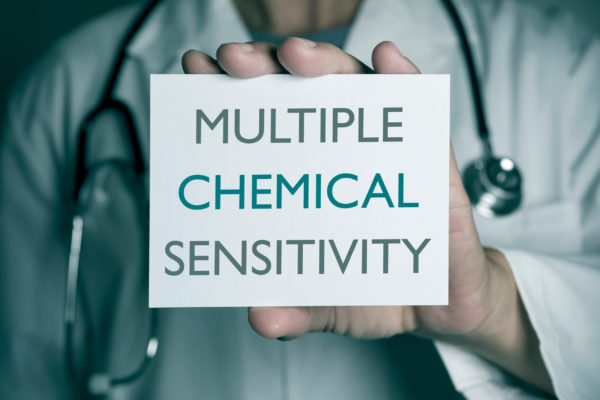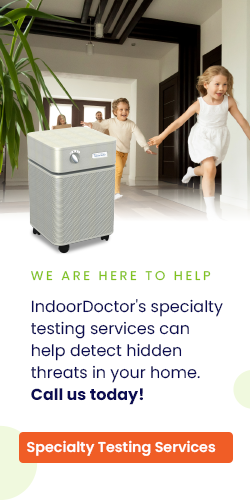The modern world is full of chemicals. The food we eat, the cars we drive, the clothing we wear, the buildings we live and work in – there are potentially harmful chemicals all around us. To make matters worse, 90% of us spend 90% of our time inside enclosed spaces, like homes, cars, and offices, trapped with these chemicals. While most are deemed safe, some people experience a range of mysterious symptoms as a result of exposure. These people are afflicted with toxic-induced loss of tolerance (TILT) or multiple chemical sensitivity (MCS). Are you suffering from these conditions? How can you protect yourself? Read on to find out.
What is Toxic-Induced Loss of Tolerance (TILT)?
Toxic (or toxicant) induced loss of tolerance, better known as TILT, is a two-stage disease. In Stage I, people experience intolerances to everyday substances and multisystem symptoms. Things that never bothered them before, and do not affect others, suddenly become intolerable. In Stage II, structurally unrelated foods, chemicals, and drugs in tiny amounts can cause a broad range of symptoms.
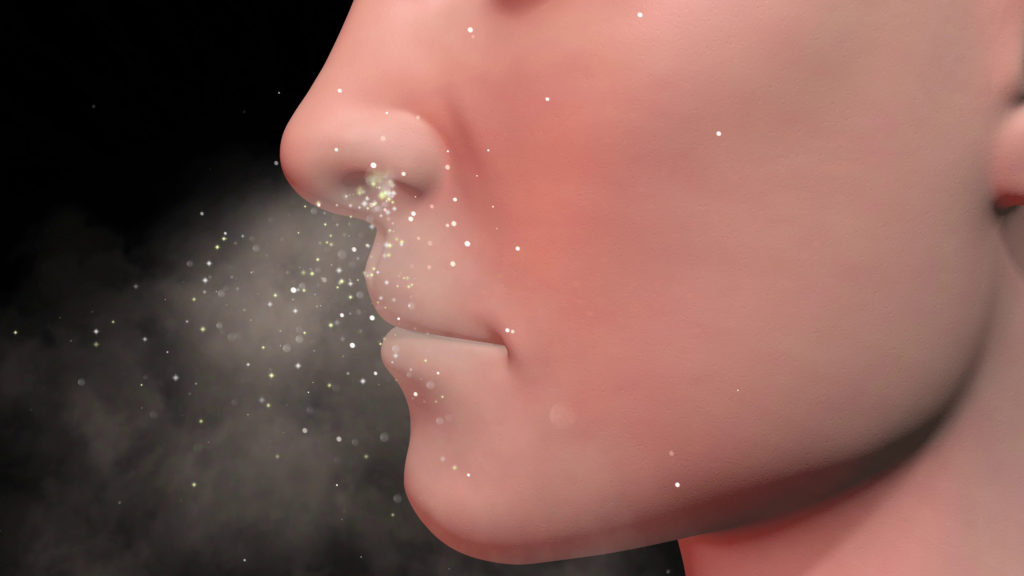
The process begins either by a single major chemical exposure or a series of low-level exposures. A one-time major exposure could be the result of something like a chemical spill. Meanwhile, long-term low level exposure examples include cleaning agents, pesticides, solvents, drugs, combustion-related products, and medical devices. TILT can also occur due to indoor air contaminants that are released from the materials used in building construction or remodeling.
Our noses serve as a direct connection from the air we’re breathing to our brains. Tiny particles enter the nose as we breathe, and are then taken up by the olfactory nerves. These nerve endings have no protective barrier, and chemicals that enter them travel to the olfactory bulb. This is the part of the brain that is above the nose. Without getting too technical, this area of the brain provides input for our limbic system, which is responsible for many essential survival behaviors, and connects to key brain structures like the amygdala, hippocampus, and hypothalamus. Over time, or from one big exposure, chemicals enter the limbic system and trigger TILT symptoms.
We can tie the origins of TILT to post World War II. This is when we first started using synthetic organic chemicals in our work buildings and homes. Their use spread rapidly, from pesticides and construction materials, into the cleaning products and fragrances. Most of these harmful chemicals were invented in the last 70 years. Since our genes haven’t changed in that timeframe, our natural detoxification systems can’t necessarily deal with the new chemicals.
Symptoms of Toxic-Induced Loss of Tolerance (TILT)
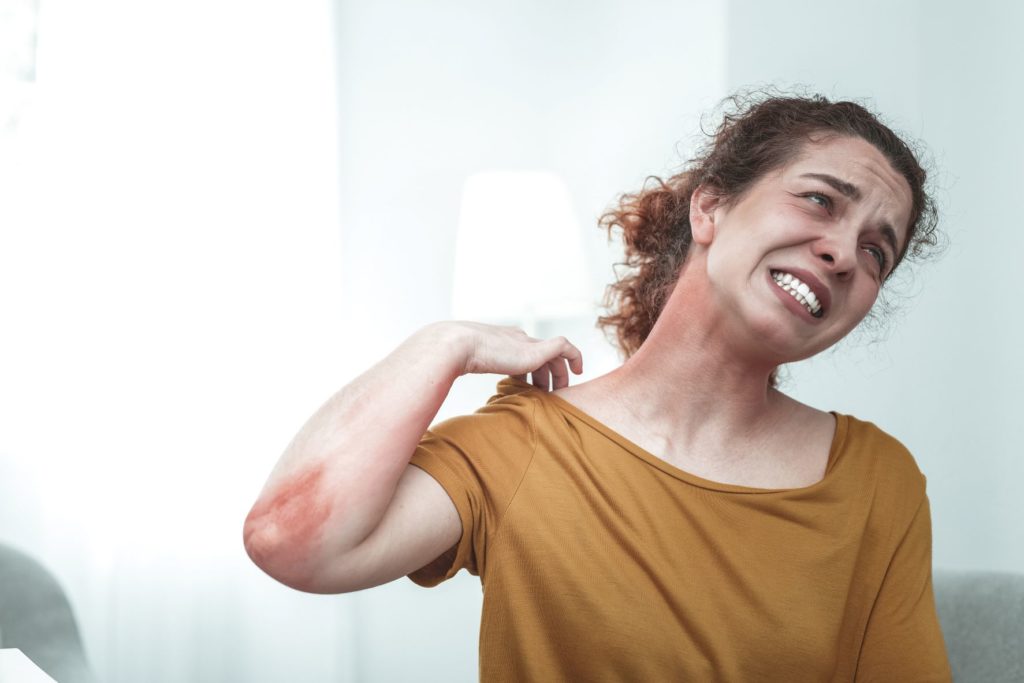
Any and every organ can be affected by TILT. Sometimes, when we have an initiating event to a
sick building or chemical spill, intolerances can flare up and trigger multiple symptoms.
Symptoms also vary from person to person, making it harder to diagnose. However, common
TILT symptoms include:
- Allergy-like symptoms
- Headaches and migraines
- Struggling to focus and pay attention
- Difficulty with mood and memory
- Fatigue
- Muscle pain
- Gastrointestinal problems
What is Multiple Chemical Sensitivity? (MCS)
MCS, or multiple chemical sensitivity, is another name for TILT. The condition is also sometimes referred to as idiopathic environmental intolerance (IEI) or environmental illness (EI). MCS, in particular, is viewed as psychosomatic, meaning that the mind or brain is causing the physical ailment. Neuropsychological symptoms are common, which may be why MCS gets a bad reputation.
Separately, TILT puts the focus on toxicants – external factors. Since we’re exposed to more chemicals more often than ever before, TILT is more widely accepted as a legitimate condition. Regardless of whether you refer to it as MCS, TILT, or IEI, the chemical exposure and resulting symptoms are real. In fact, 15% to 36% of people in the U.S. report chemical sensitivity or intolerances.
What Can You Do to Treat TILT and MCS?
What’s the most common source of chemical exposures in the average person’s life? Indoor air. Since we spend 90% of our time indoors, it makes sense that the chemicals we interact with there can impact our health. Chemicals might come from paint, carpet, new furniture, pesticides, building materials, synthetic fragrances, and more. The first step to dealing with TILT or MCS is to identify the issue.
IndoorDoctor offers two methods of independent testing. First, we offer instant feedback and total volatile organic compound (TVOC) monitoring via our professional-grade equipment, like photoionization detectors (PIDs). We also provide advanced sampling methods that allow us to drill down further and identify types of chemicals and their sources. While we do make the results of the testing easy to understand, we also offer follow-up consultations to answer any questions and provide guidance for next steps.
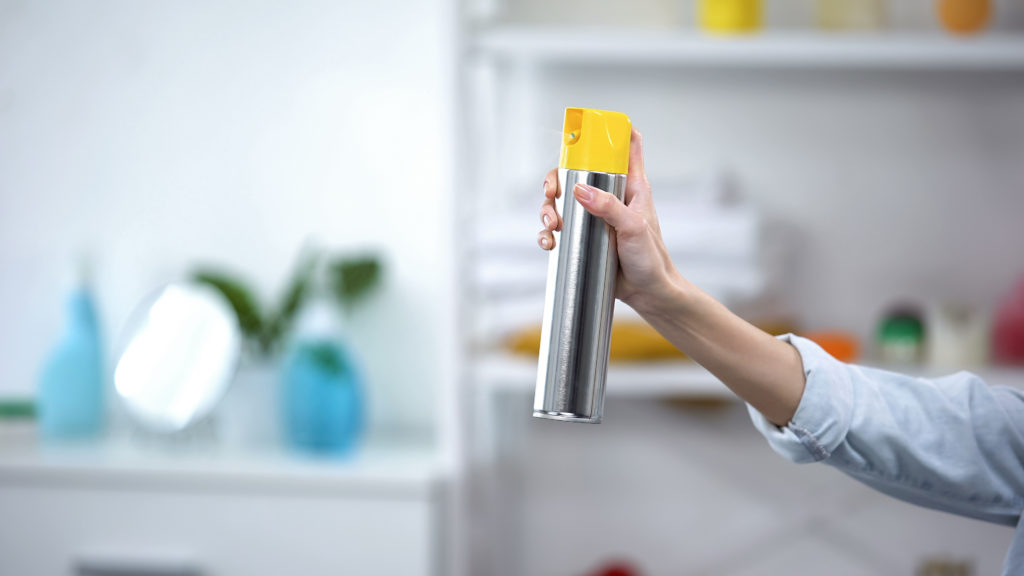
The Best Air Purifier for TILT and MCS
After testing, your IndoorDoctor expert will likely recommend source removal. It’s essential that you protect yourself by filtering out the chemicals and toxins at the source – the air. We recommend an air purification system that uses at least 15 pounds of high-quality carbon, like the Austin Air HealthMate Plus.
This air purifier actually contains four stages of filters – a large particle pre-filter, medium particle pre-filter, carbon filter, and medical-grade HEPA filter. Each layer removes different contaminants, with the carbon layer specifically responsible for removing chemicals, gasses, and formaldehyde – all risk factors for TILT and MCS. The other layers of the filter remove dust, pet dander, hair, mold, pollen, and odors. Plus, the HEPA filter is certified to remove 99.97% of all particles larger than 0.3 microns and 95% of all particles larger than 0.1 microns.
The Austin Air HealthMate Plus offers a variety of benefits, including:
- Reduced viral load to minimize risk of infection and severity of disease
- Improved immune system strength
- Eased coughing, sneezing, and wheezing
- Lessened asthma attacks and allergies
- Improved sleep with reduced snoring
To check if you’re experiencing toxic-induced loss of tolerance (TILT) or multiple chemical sensitivity (MCS), you can take a free chemical intolerance self assessment, which is called QEESI and comes from the TILT Research Group. If you’re concerned about the quality of your indoor air, whether at home or at the office, don’t hesitate to reach out to us via this contact form. We’re here to help you breathe easier.
Sources:
Comparing TILT to Multiple Chemical Sensitivity (MCS) or IEI | UT Health
What Is MCS / TILT | Harvard University
Toxicant‑induced loss of tolerance for chemicals, foods, and drugs | MIT


